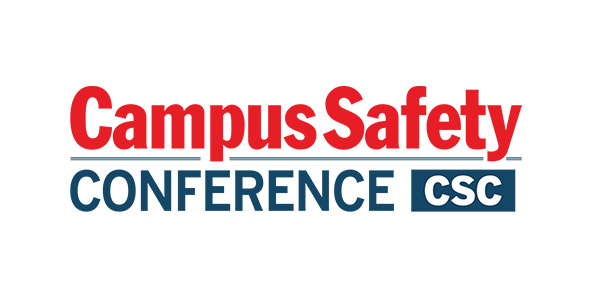When ten school districts and a regional career center in Wood County, Ohio, set out to strengthen school safety, they didn’t begin by adding more cameras or metal detectors. Instead, they are piloting a behavioral intervention program amongst a small group of schools supported by a shared digital case management system.
Led by the county’s Alcohol, Drug Addiction and Mental Health Services (ADAMHS) Board, the initiative unites educators, counselors, public health agencies and law enforcement in a single behavioral threat assessment and management (BTAM) framework. Using a centralized case management system, they will be able to recognize early signs of student distress, securely share information and intervene with care before challenges escalate into more serious events.
Related Article: Preventing Active Shooter Incidents Through Student Behavior Analysis
This effort is reshaping the way schools in Wood County think about safety, and it offers important lessons for other districts navigating similar challenges.
Reactive School Security Has Its Limits
For years, school safety has primarily relied on reactive measures like cameras, metal detectors and lockdown drills. While these tools may help contain incidents, they usually activate only after a student’s difficulties have already escalated, offering limited support for addressing the root causes of their struggles.
Yet the earliest indicators of concern are often much subtler, such as slipping attendance, a student distancing themselves from friends or worrying posts on social media. Traditional manual or paper-based processes rarely capture these cues. By the time a school recognizes what’s happening, the chance for timely intervention may already have passed.
Wood County is choosing a different path. Rather than asking, “How do we respond once a crisis occurs?” leaders asked, “How do we recognize and help students before struggles reach that point?”
Wood County Schools Embrace a Collaborative Prevention Model
At the heart of this shift is collaboration. Teachers, counselors, administrators, school resource officers and mental health professionals each see different facets of a student’s life. Without a system for bringing those perspectives together, schools risk missing the bigger picture.
Related Article: School and University Behavioral Threat Assessment and Management (BTAM) Basics
Wood County’s shared digital case management system will help break down these silos. Educators can flag concerning behavior, counselors can add context from one-on-one conversations and mental health professionals can recommend personalized wellness programs. Instead of scattered notes or files locked away in cabinets, everyone uses the same comprehensive and easily accessible digital records.
The result is faster identification of students in need of care, more coordinated interventions, and, most importantly, a school culture that places wellness at the center of safety.
4 Strategic Takeaways for School Administrators
Wood County’s goals highlight several lessons that school districts elsewhere can adopt:
- Prevention is more effective than punishment. BTAM provides a structured framework for spotting early warning signs and responding with supportive interventions rather than disciplinary action.
- Get clearer insights through collaboration. By using a unified case management system, educators, mental health professionals and community partners can readily surface indicators of distress and create personalized programs that guide students on the path toward success.
- Data can drive compassion. Securely assigning role-based access to student case information ensures privacy in accordance with regulations like the Family Educational Rights and Privacy Act (FERPA) and the Health Insurance Portability and Accountability Act (HIPAA), while enabling schools to make informed decisions centered on student well-being.
- Continuity of care matters. Students often move between schools or districts. With shared systems, their support plans can move with them, preventing critical case information from being lost.
Legislative Requirements and Funding Opportunities
A renewed focus on proactive student mental health is emerging at the state level. In Ohio, House Bill 123 requires every 6-12 grade school building to establish formal threat assessment teams and implement structured reporting protocols.
Related Article: How School Shooters Manipulate Others, Evade Bystander Concerns
Grant programs are also expanding to support student wellness initiatives. These funds can help districts train staff in BTAM practices and adopt the digital tools necessary to implement them effectively. Schools that act quickly to secure available funding can position themselves to significantly enhance school safety and student well-being for future semesters.
Redefining School Safety as Student Wellness
Cultural transformation remains the central aspiration in Wood County’s efforts. Safety and wellness go hand in hand, and creating safe schools requires recognizing that a student in distress is not a disciplinary concern but a young person in need of care.
That change requires a mindset shift that puts compassion ahead of control and prevention ahead of punishment. Schools that embrace this culture — backed by the right frameworks and technologies — send a clear message: every student is recognized, valued and given the chance to succeed.
By rethinking threat assessment through a proactive lens, school leaders can create environments where prevention is the norm and crises are the exception. In doing so, they make schools not only safer, but also healthier places for every student to learn and thrive.
Amanda Lewis is product manager with Versaterm.
Note: The views expressed by guest bloggers and contributors are those of the authors and do not necessarily represent the views of, and should not be attributed to, Campus Safety.







